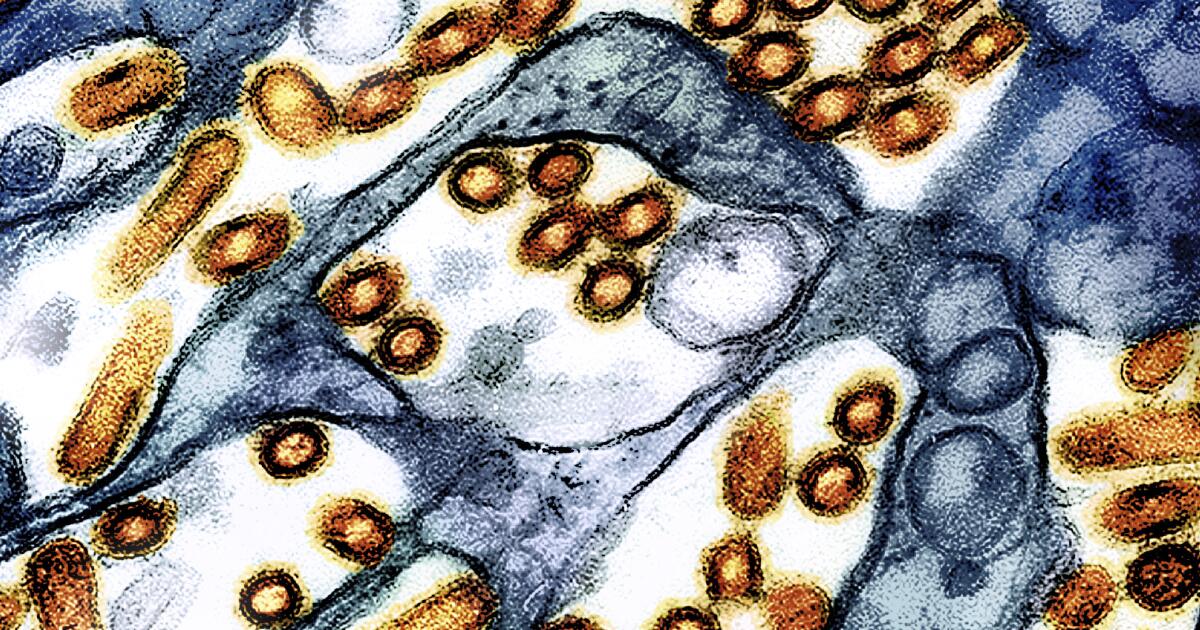California Declares State of Emergency as Bird Flu Spreads
State of Emergency Declared
Gov. Gavin Newsom declared a state of emergency Wednesday as the H5N1 bird flu virus moved from the Central Valley to Southern California dairy herds, while federal officials confirmed the first U.S. case of severe illness in a hospitalized Louisiana patient.
Virus Spreads Across the Nation
According to the U.S. Department of Agriculture, 645 dairy herds in California have reportedly been infected with the H5N1 virus since August. Nationwide, the number is 865 and stretches back to March, when the virus was first detected in Texas herds.
Infections in California and Louisiana
There have also been a number of infections identified in pet cats in California, including three announced on Wednesday. In California, 34 people have become infected with H5N1, with all but one contracting the virus from infected dairy. The outlier was a child in Alameda County; the source of that infection has not been determined. There was also a suspected case in a child from Marin County who drank raw milk known to be infected with the virus. The CDC was unable to confirm illness in that child.
Severe Case in Louisiana
The case in Louisiana is concerning to public health officials because of its severity. Federal officials would not provide details about the patient’s symptoms, deferring all inquiries to Louisiana’s Department of Public Health. Emails and calls to that agency went unanswered.
Investigation Underway
According to CDC officials, the patient was reportedly in close contact with sick and dead birds from a backyard flock on the patient’s property. The virus was a version of the H5N1 bird flu that researchers have labeled D1.1 and is circulating in wild birds.
Virus Analysis
According to Demetre Daskalakis, director of the CDC’s National Center for Immunization and Respiratory Diseases, Louisiana health officials and the CDC are investigating the patient’s contacts and performing further genetic analysis of the patient’s virus to determine what, if any, changes may have occurred.
Risk Assessment
Daskalakis said the CDC still considers the risk to the general population to be low, and the agency is working to expedite influenza and bird flu testing in clinical and public health laboratories "to help accelerate identification of such cases through its routine influenza surveillance."
California’s Response
According to Newsom’s office, "California has already established the largest testing and monitoring system in the nation to respond to the outbreak."
Conclusion
The declaration of a state of emergency in California will allow for a more streamlined approach among state and local agencies to tackle the virus, providing "flexibility around staffing, contracting, and other rules to support California’s evolving response."
FAQs
Q: What is the current risk to the general population?
A: The CDC still considers the risk to be low.
Q: What is the cause of the H5N1 virus?
A: The virus is caused by a combination of factors, including the H5N1 bird flu virus and the D1.1 version of the virus, which is circulating in wild birds.
Q: What is the current number of cases in California?
A: 34 people have become infected with H5N1, with all but one contracting the virus from infected dairy.
Q: What is the current number of cases in the United States?
A: 865 dairy herds have reportedly been infected with the H5N1 virus since March.


